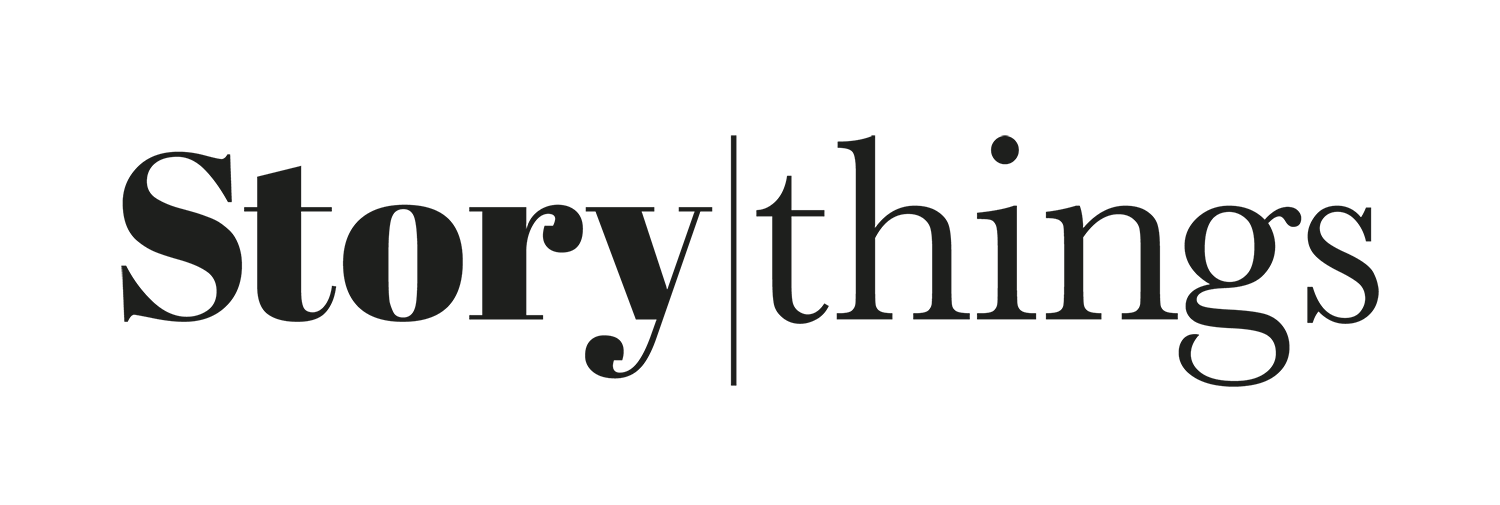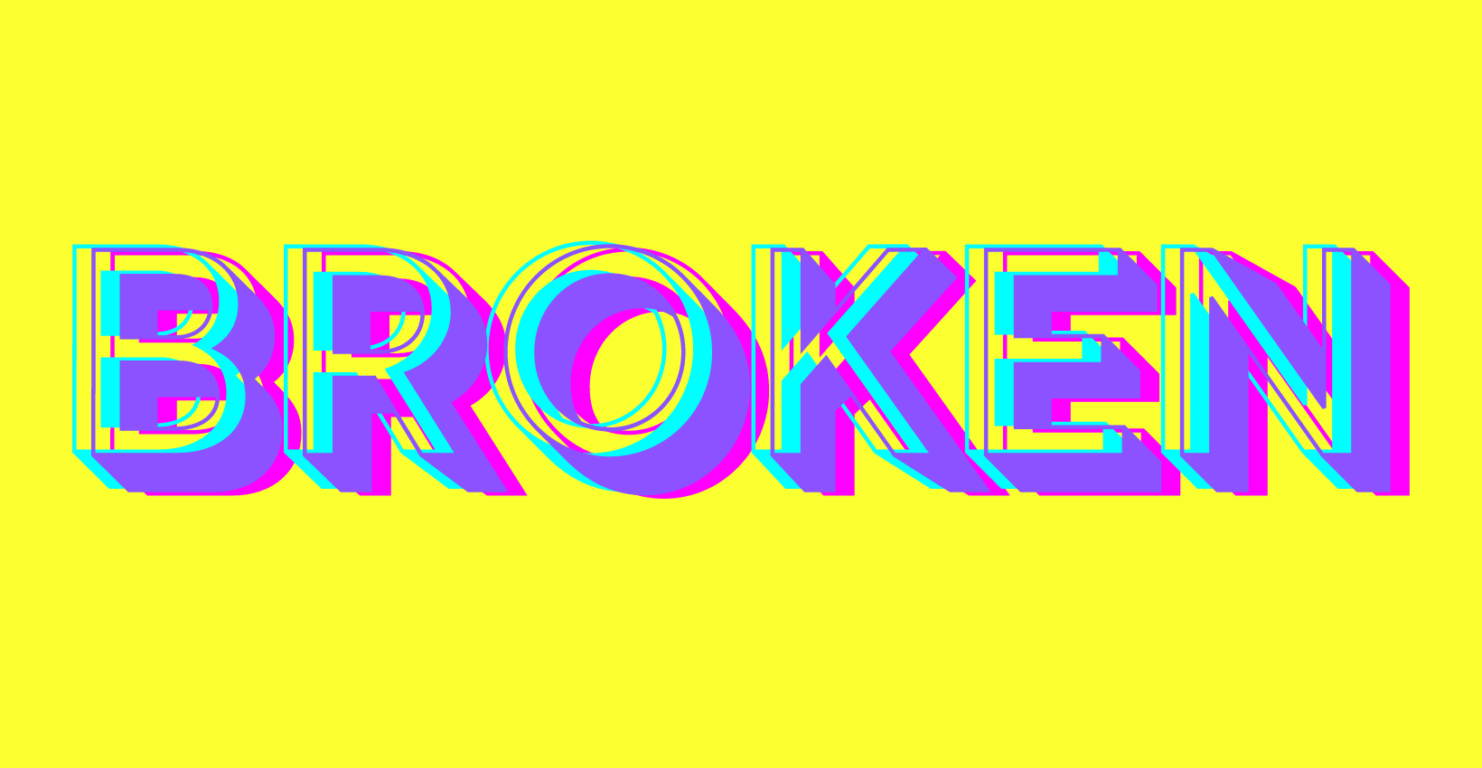Broken: Rule 3 – Find Your Niches
We’re now on part three of our five-day mini-series sharing five rules to succeed in the new era of content discovery. We’ve looked at understanding audience attention, and developing a value proposition; today’s rule combines the two into a focused content strategy:
Rule 3 – Find your niches
Buzzfeed’s leadership team recently admitted that depending on third-party distribution has ultimately been the wrong strategy. Buzzfeed publisher Dao Nguyen went as far as saying that those audiences on other platforms were not just worthless, but actually costly:
“BuzzFeed Inc. has been, from the beginning, premised on the idea of a large network that is powerful and valuable. But what has happened in the past two years is that with the fragmentation of audiences, the advertising market challenges and that squeeze from the big tech platforms, the network’s value, and specifically the value of distributed-only audiences, has been rapidly diminishing, and now it’s approaching zero, and some might argue that its value is in fact negative.”
So in this new era of content discovery, you should accept that you can’t be everything to everyone. Focus on creating something really valuable for a smaller audience instead. At Storythings, we say that building large audiences is a lot like making a patchwork quilt – you get scale not all at once with a broad proposition, but by slowly and patiently stitching together smaller, niche audiences instead.
The business models of niche audiences are diverse and complex. If you’re a B2B publisher, there can be direct monetisation opportunities through paid subscriptions or events, but it’s more likely that you’re using your content formats as part of a funnel to wider value opportunities further down the line. This is where targeting and being valuable to a niche audience really matters. According to research shared by the LinkedIn B2B Institute, only 5% of your audience are actively buying or procuring at any one point in time. A one-off campaign might raise awareness at scale, but if 95% of the people you reach aren’t in the position to buy, that’s not very effective. It’s much more effective to focus on brand building than campaigns, as regular contact with your audience will increase your salience – you’ll be more likely to be top of mind when they are in the position to buy.
A good tool
You might be thinking that this is hard to do when you have stakeholders wanting to measure audiences in the hundreds of thousands or millions, but there are ways to do it. We’ve had lots of experience working with clients from small arts organisations to global B2B brands, so if you need help getting buy-in for your new strategy, we’d love to talk.
.
A good example
.
Even though the project is 5 years old, we still see the posters turning up every year during Women In STEM week and International Women’s Day, as new niche communities discover and use them. In fact, googling our project for this article I discovered this brilliant poster series from the Computer Vision Center in Barcelona from March this year (many years after we first launched our work!), using our poster format to celebrate their own diverse STEM pioneers. Seeing different niche communities value and repurpose your content is a brilliant sign that you’re creating something valuable.
Go deeper
Jacob Donnelly, publisher of the wildly successful daily newsletter Morning Brew, also runs A Media Operator, a brilliant resource on the changing business models of digital media.
Ryan Broderick’s Garbage Day is a brilliant newsletter about digital culture. He’s been sharing his experiments with building his audience as he weans himself off social platforms. I love his ‘one good paragraph’ approach to social – not worrying about building audiences there, but finding the best teaser content to send out in case it can bring new audiences to your own site.


